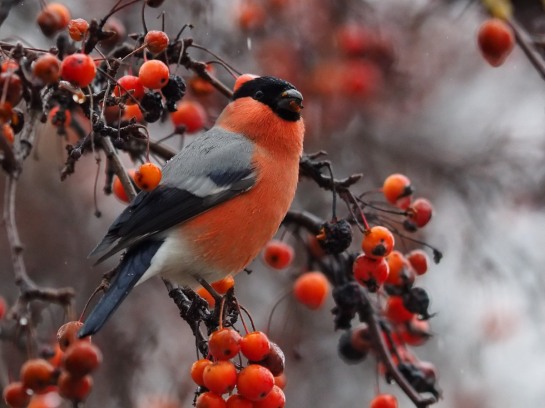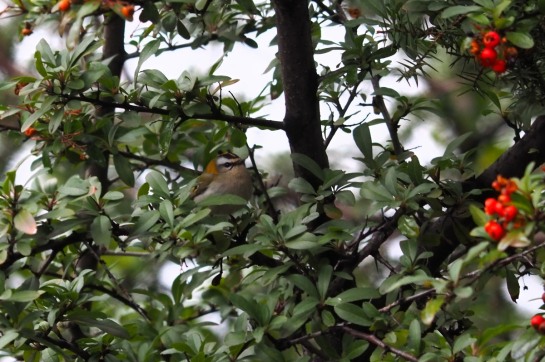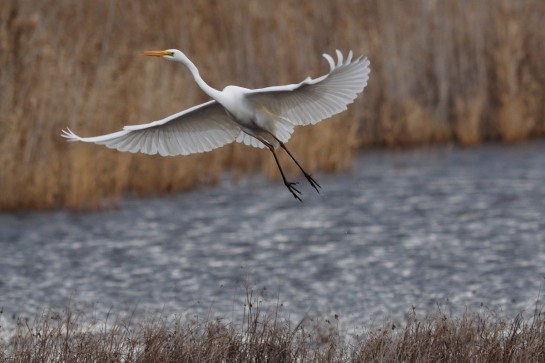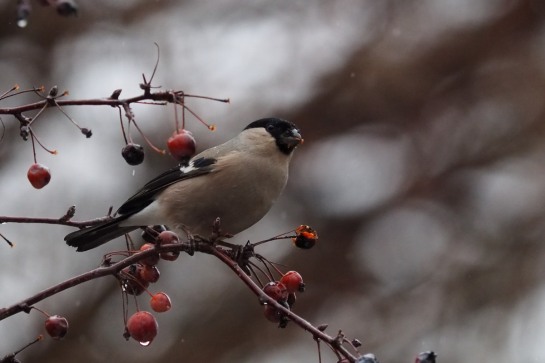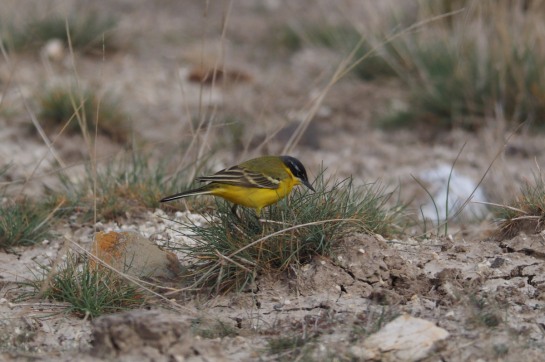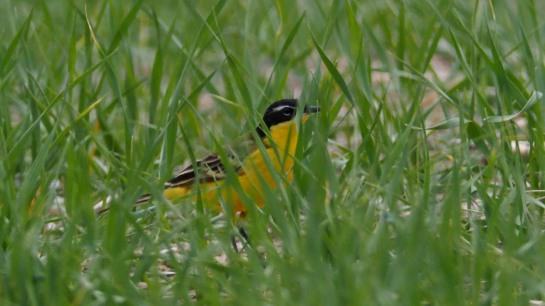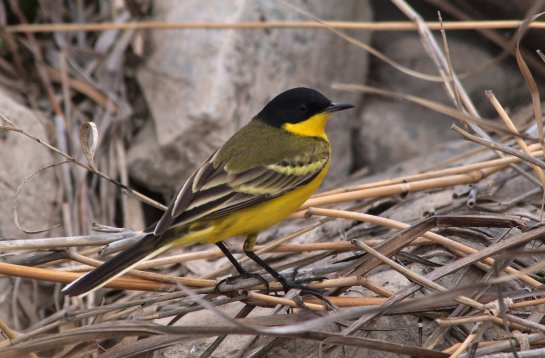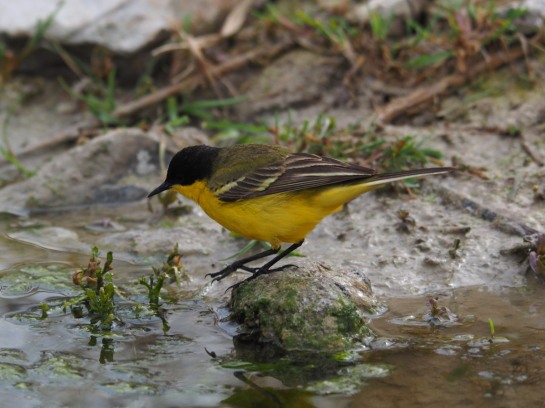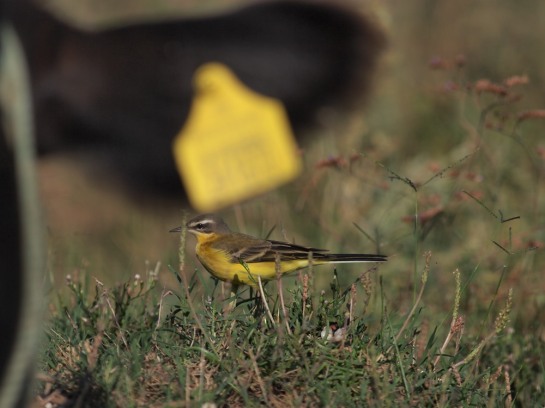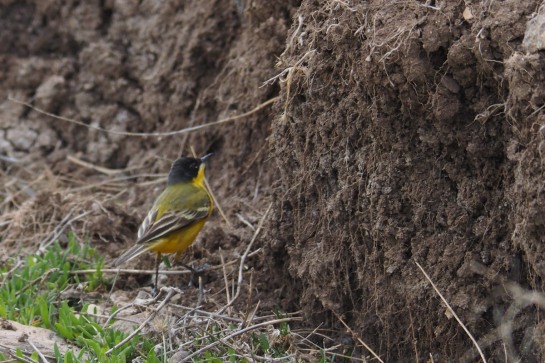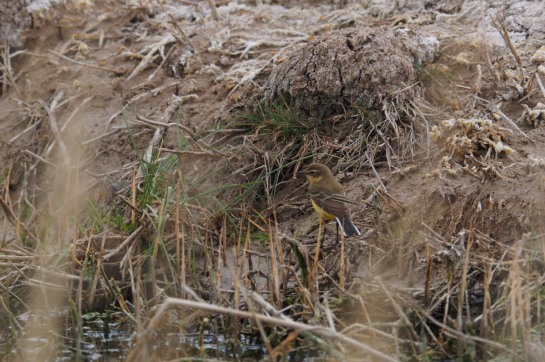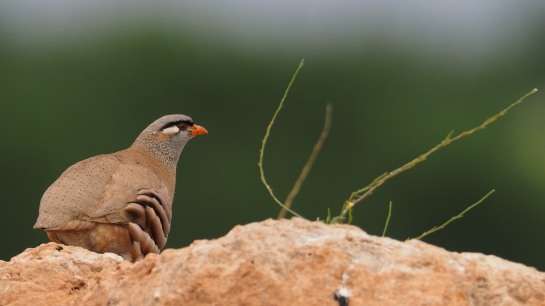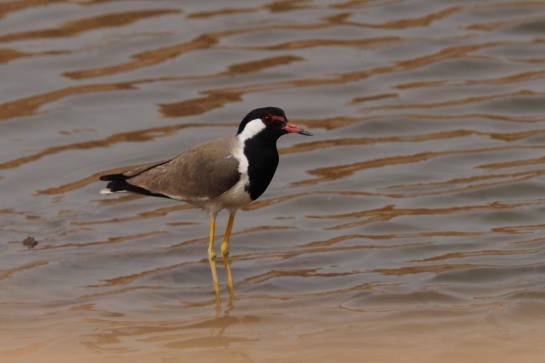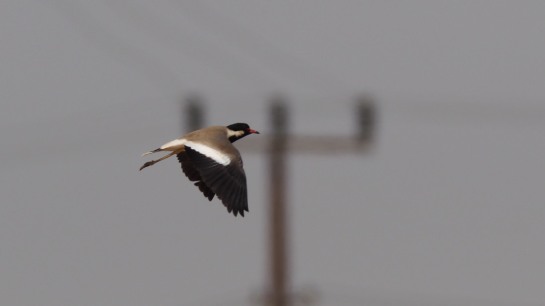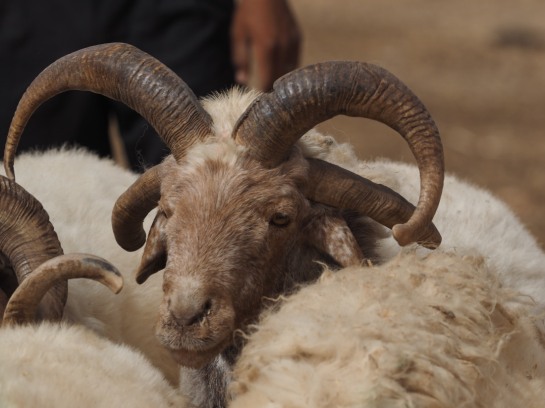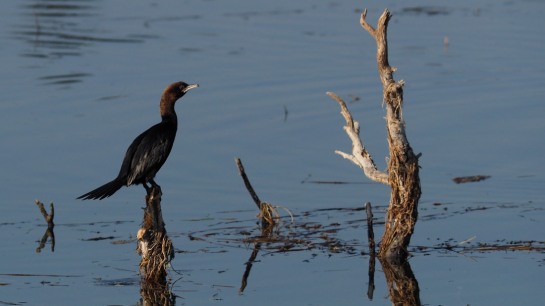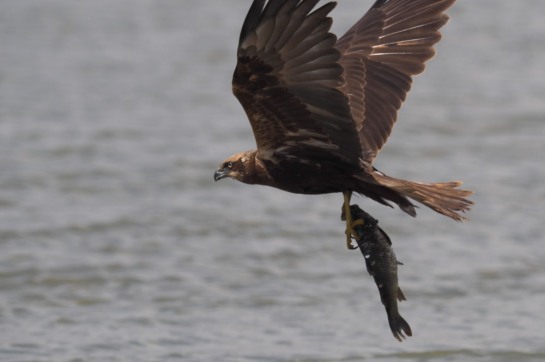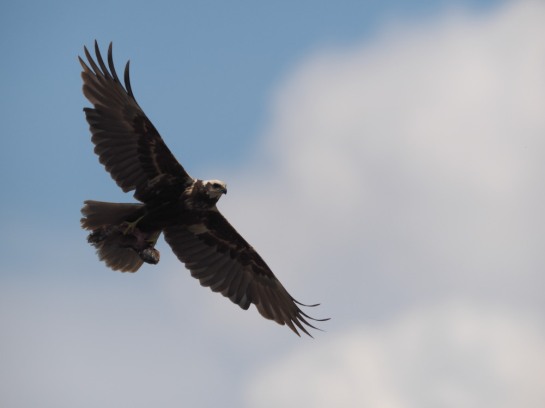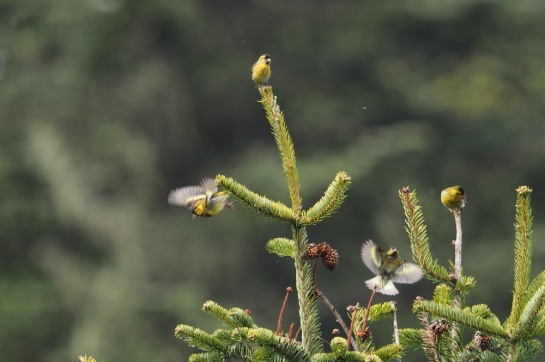
Coal Tit
Akseki near Alanya is know pretty much for one bird species. White-backed Woodpecker of the (sub)species Lilfordi.
White-backed Woodpecker is actually relatively wide-spread in Turkey but the density is very low. If you combine this with their large territories it turns out to be one of those birds that you hope for, but not really count on. But Akseki has been an exception. When people dedicate time for it, it is actually found probably more than 50% of the times.

White-backed Woodpecker ssp. lilfordi
Yes, I have a thing for woodies. And today I had the possibility to look for the White-backed. At 5:30 I started looking and after about two hours I had a bird calling.

Kruper’s Nuthatch
Soon I located it to the exact same area as I had seen a juv. and two adults last year.

Persian Squirrel
But to my great misfortune a loud shouting shepard with 100+ goats came to exactly that area just after I found the bird. It took off not to be seen again.
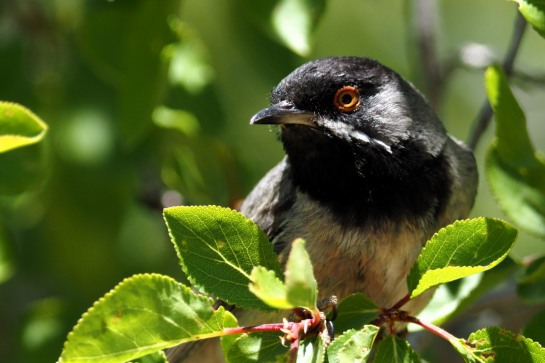
Rueppel’s Warbler
Sweedish birder Michael Hellström has been posting a few posts on the Turkish Birding Facebook page about a plateau east of Akseki, which in early spring holds species Crimson-winged Finch and Red-fronted Serin.
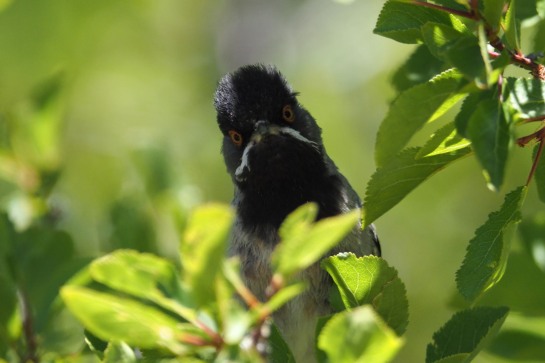
Rueppel’s Warbler
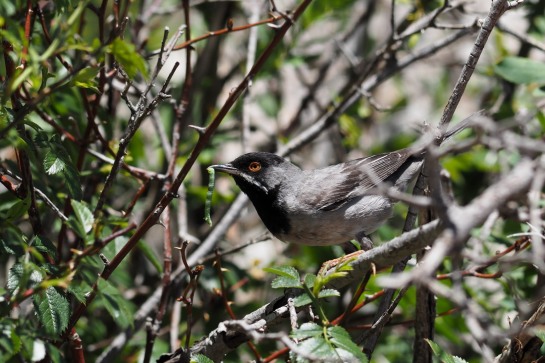
Rueppel’s Warbler
On the way there Magnus had also seen good birds like Eastern Bonelli’s Warbler, Rueppel’s Warbler and more. To good not to check out was my thought.

Blue Rock Thrush
I decided to check the area. And trust me I was not disappointed.
First of all there was the drive between Akseki and the plateau. You drive on a gravel road through lush green vallies and an amazing scenery.

Rueppel’s Warbler
And the birding is awesome. Rueppel’s Warbler was regular along the road. As I was able to stay inside the car most birds were seen very well.

Masked Shrike
Between Akseki and the plateau I also found 3 Masked Shrikes, Woodchat Shrike, Eastern Oliveacious Warbler, Rock Nuthatch, Black-headed Buntings, Steppe Buzzard and Lesser Whitethroat.

Eastern Bonelli’s Warbler – adult

Eastern Bonelli’s Warbler – juv.
But the best surprise were 7 Eastern Bonelli’s Warblers. Just like White-backed Woodpecker it is not a numerous bird in Turkey. I takes a little luck to find them. And a lot of work to get pictures.

Eastern Bonelli’s Warbler

Eastern Bonelli’s Warbler
But it seems like it is a fairly common breeder in the area. And finding the birds did not prove too difficult. And again as I was able to stay in the car they just gave amazing views.

Asia Minor Souslik
At the plateau a new kind of birding started with a more alpine feel to it.
It is a rather large plateau with low vegetation, grasing goats and rocky hills.

Finsche’s Wheatear
The most common birds were wheatears. Black-eared, Norhtern, Isabelline and a few Finsche’s.
Ortolan Buntings were spread throughout and a single Cretzmar’s Bunting was seen.

Ortolan Bunting
Shorelarks were foraging on the grass and two Coughs were seen flying over.
The plateau also contained lots of Asia Minor Sousliks.

Shorelark
Not surprisingly alpine species like Crimson-winged Finch, Red-fronted Serins and Rock Thrushes were all gone. But earlier in the season this would be a very good spot for those species.
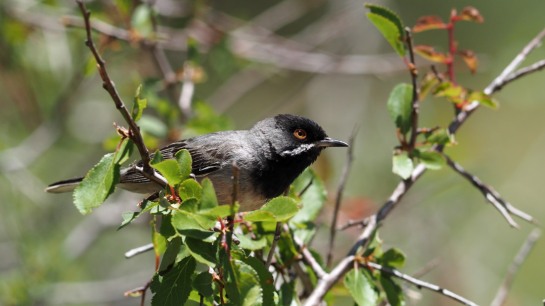
Rueppel’s Warbler
This is truly a wonderful area combining wonderful nature and awesome birding is the finest way possible.
Exact driving directions and more can be found on the Turkish Birding Facebook Page. Thanks to Magnus (ptbbis) for all the information.

Rueppel’s Warbler
If you are doing a holyday trip in Alanya and have a day off, this is probably where you should go birding!
Silas













